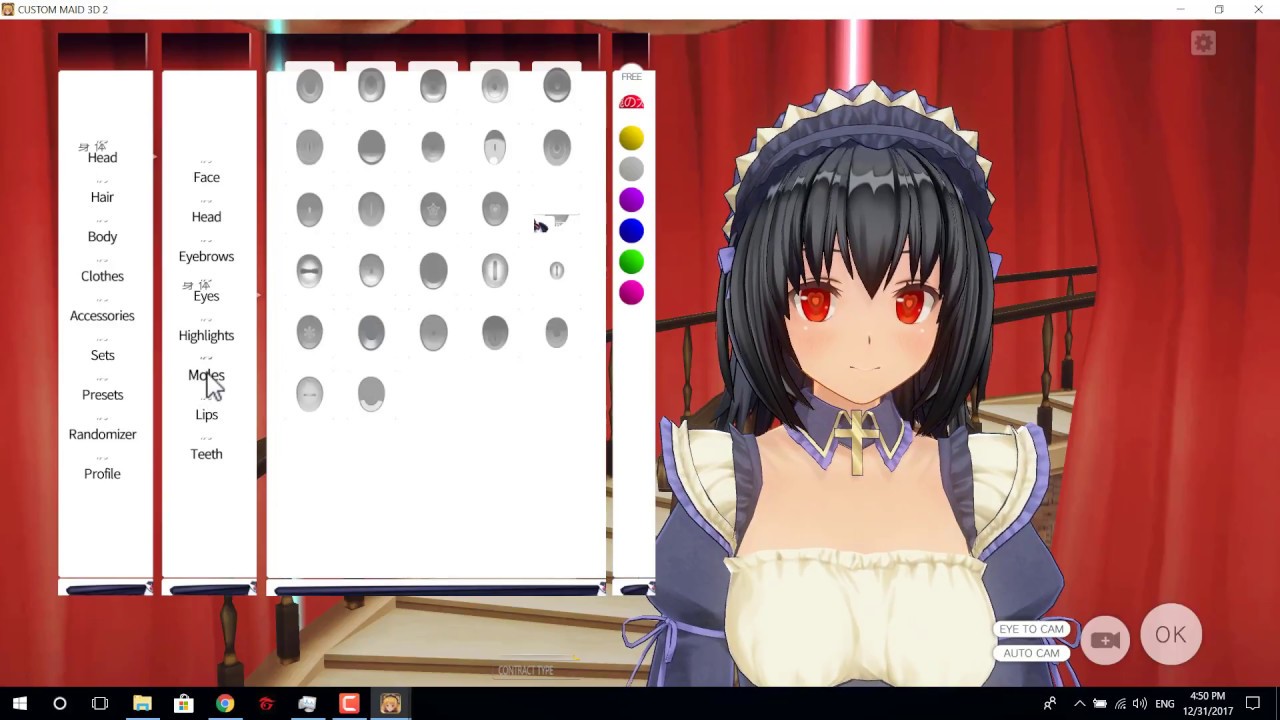

- #Girlvania cracked version serial#
- #Girlvania cracked version cracker#
- #Girlvania cracked version code#
- #Girlvania cracked version trial#
- #Girlvania cracked version license#
.png)
It wasn’t sophisticated or particularly impressive, but it goes through the process I just described in an end-to-end fashion.
#Girlvania cracked version code#
Incidentally, I’ve found that reverse-engineering code is really good for practicing the scientific method. Crackers usually are very patient and thorough, and spend an unreasonable quantity of time to achieve their results (they don’t just do it for fame and glory, but also the thrill of solving a complex “puzzle”). At my day job, it’s hard enough reading hundreds of lines of code written by someone else with documentation and architectural reference, much less read code that lacks documentation and has been deliberately obfuscated into a very-hard-to-read symbol table. The security research and reverse engineering fields are continuously innovating to out-maneuver the other, and that’s part of what makes the reverse engineering field so interesting. This step is by far the hardest, as often there will be a number of safeguards put in place by the program that make it difficult to simply delete calls to “checkIfLicenseIsValid()”, such as prodigious use of md5 hashing + code obfuscation to verify the entire program has been left unmodified.
#Girlvania cracked version cracker#
So software like disassemblers (otool, Ida Pro, etc.) and runtime visualization tools ( BinaryAnalysisPlatform/qira) can help visualize/inspect higher-level representations of the program, so the cracker can figure out what’s going on inside a program. However, it’s nearly impossible to understand a complex binary by simply looking at hex values, much less modify it. Cracking a piece of software ultimately boils down to overwriting a few choice bytes in a binary. Technically, all you need to crack a piece of software is a text editor that can edit hexadecimal values in a binary ( Hex editor software is well-suited to this). Reverse-engineering a piece of software is very much like taking a car apart and putting it back together with a blindfold on - you’re not even exactly sure what car model you’re disassembling, but you roughly know how a car works and can feel with your hands what pieces connect to each other, what parts are critical for the car to function, etc.


Some simple tests the cracker might perform is to see if simple hacks like wiping the registry value or setting the clock back in time can bypass these features. This forms the basis of how the cracker will approach the problem.
#Girlvania cracked version trial#
For example, a naive implementation of a 30-day trial software might add a key-value to the Windows registry (if running on Windows OS), and at startup, check if the current timestamp is older than the registry value by less than 30 days. Specifically, the cracker puts herself in the mindset of the application engineer in order to try and guess how the undesirable feature was implemented.
#Girlvania cracked version license#
Hypothetically, if a cracker is trying to circumvent a license for a game, she might have to buy the game for herself and beat the game from start to finish to try and understand what a “full-featured” system looks like. Adding features is usually called “modding”, which is significantly harder than “cracking” (disabling certain features). Before someone develops a crack, they often need to understand what undesirable features are present or what features are left to be desired. For example, this could be a piece of software with a 30-day full-featured trial, and once the trial period is over the software application no longer functions. This entails understanding the program itself, in its unmodified form.
#Girlvania cracked version serial#
“Modification of software to remove or disable features which are considered undesirable by the person cracking the software, especially copy protectionfeatures (including protection against the manipulation of software, serial number, hardware key, date checks and disc checks) or software annoyances like nag screens and adware.”


 0 kommentar(er)
0 kommentar(er)
